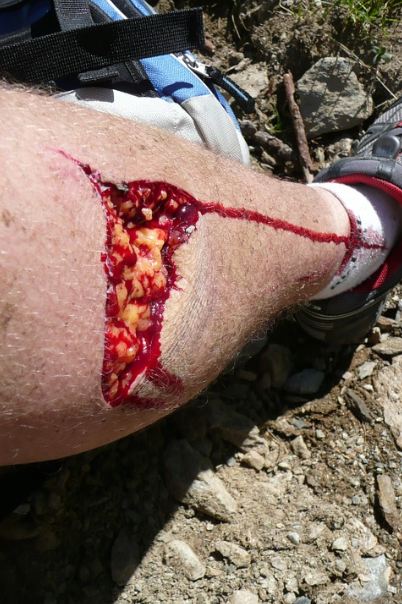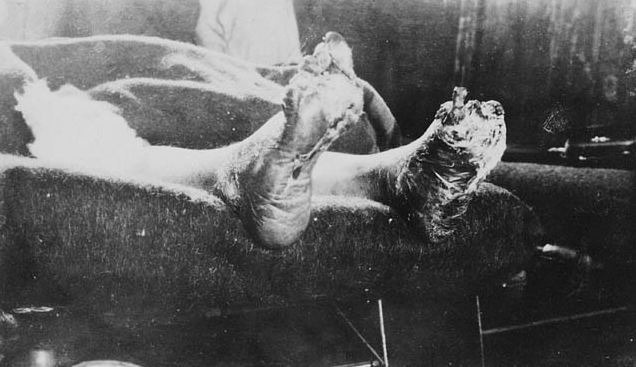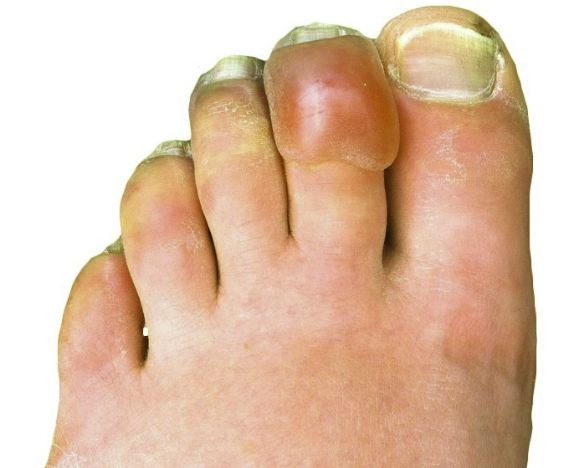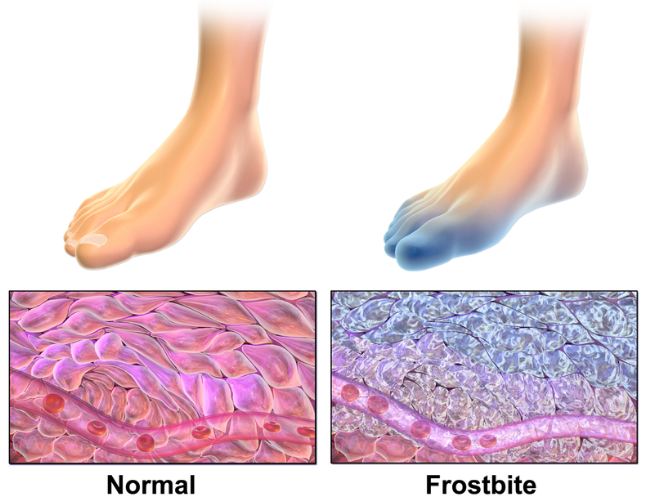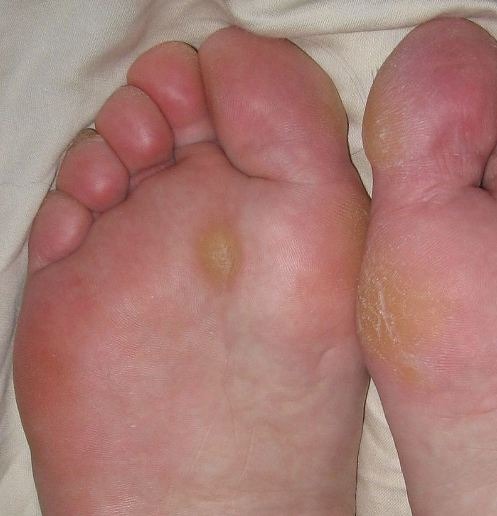Becoming a soldier is not an easy thing to do. There are several types of problems that one has to face while becoming a soldier and one of the biggest problems that arise is that the soldiers have to face foot problems. This is because they face various on-ground practical situations which could cause intense damage to the feet. However, there are various ways to treat them as well.
Feet Problems Faced by Soldiers
Trench Foot
Soldiers have to stand in cold, and wet conditions for hours on end. The service shoes they are given while on duty are not waterproof. While jungle boots are made to drain water easily, this is useless if you are standing in water. Trench foot is usually caused by standing in temperatures of 0 to 15 degrees Celsius. Trench foot, or foot immersion syndrome, was first registered in the First World War. The soldiers in WW1 stood in wet trenches all day. Their feet started to deteriorate because of the unavailability of waterproof boots, and socks to keep their feet dry.
Trench footing can also occur in the heat of the desert. The real factor is how long you have water in contact with your feet. The temperature of the water is important – low temperatures cause trench foot easier- but water is the main factor.
Trench foot causes blisters, redness, blotchy skin, numbness, pain, and a lot of other complications. In the worst cases, the skin of the foot starts to die and fall off. Soldiers have lost their toenails and even toes to trench foot. There were severe lice outbreaks and changing clothes were uncommon. In these unhygienic conditions, sometimes the foot had to be amputated.
The doctors identify trench foot with a physical examination. They take a look at the condition of your tissue and check the blood supply to the leg. There is no drug to cure trench foot. You can simply take pain medication, and elevate your foot. Avoid wearing wet socks, and take better care of your feet. Wash your feet often, and completely dry them before putting them back in the shoes.
Frostbite
Soldiers that work in mountain ranges and glaciers constantly struggle to stop their body temperature from reducing. The worst thing for a soldier in this condition is snow. Snow is frozen water, and when it comes into contact with the boots, it melts. While army boots provide insulation against the cold, they cannot stop water from entering the shoe.
This cold water is in constant and direct contact with your feet. In frostbite, the tissue in the feet freezes. This permanently damages the blood vessels in the foot. Usually, this tissue has to be removed. However, since the blood vessels are damaged, the blood flow to the foot is cut off. Without blood flow, the remaining tissue starts to die. Amputation is common for toes among soldiers.
In the case of frostbite, the skin first starts to feel numb, or prickling in some cases. The color of the skin turns blue, purple, or grayish. The skin turns hard and almost waxy-looking. When it is rewarmed, in most frostbite cases, the skin starts to blister. The first stage of frostbite is frostnip. This is the lowest effect of frostbite. The skin goes numb, however, it can always be rewarmed. There is no permanent damage.
The second is superficial frostbite when the skin turns pale. The skin should not be rewarmed without the help of an experienced professional. If a frost burn like this is warmed a fluid-filled blister will appear.
Finally, the worst type of frostbite is deep frostbite. The frostbite enters multiple layers of the skin, turning it blue and grey. The joints and muscles have problems working, and the skin experiences common symptoms of frostbite. However, the real problem starts when the hand is rewarmed. Not only does the skin start to blister, but the area also turns black and hard. This blackened area is dying tissue and has to be cut off the body.
There were several medical issues faced by the soldiers in the Filipino American War as well.
Restricted Circulation
Wearing shoes for hours, sometimes even days on end can take its toll on anybody. The tight socks slowly start to sink into the flesh, putting pressure on the blood vessels in the leg. These blood vessels carry blood to and from the foot. Pressing against these vessels reduces this blood flow. Slowly, the foot will start to turn dark blue, and purple. You have to take the pressure off then, or there can be other issues.
Restricted circulation doesn’t have such dire normally. However, if you have an underlying medical problem, the symptoms, and the issue becomes serious. These diseases could be anything like Raynaud’s disease, diabetes, Acrocyanosis, Arteriosclerosis, and Peripheral artery disease.
Restricted circulation is very easy to visualize. The extremities of the foot turn blue. If it’s because of a tight pair of socks, you can simply take them off. However, if you have an underlying condition the doctor will make you get a physical exam to diagnose the condition. You will then be given any required treatment.
Infections and Calluses
The boot is a very important part of any soldier’s uniform. While the boot is what makes the effort, the foot also moves inside the shoe. The foot experiences friction and heat is constantly built up in the shoe. The great makes the foot sweat, thus providing water. The accumulation of heat and dampness make perfect breeding grounds for microorganisms. Soldiers commonly suffer from all sorts of viral, bacterial, and fungal infections. If the micro-organisms are stubborn, the infection might even pass between different people too.
Soldiers work in all sorts of exotic places. Tropical places like India, Pakistan, Bangladesh, Africa, The Philippines, and Thailand are the perfect home to a variety of microorganisms. Micro-organisms favor heat.
The second issue a soldier has when taking care of their foot is calluses. Due to constant friction between the skin of the foot, and the inside of the shoe, the skin starts to form a callus. This is common in people that wear ill-fitting, either too large or too small shoes.
The skin forms a hard mound of flesh, which hurts when pressure is applied to it. The skin goes dead from there, and these calluses can normally be cut. If the callus is small, you can get rid of it yourself. Simply cut off all the dead skin on the foot. Then use good moisturizing to hydrate your foot. Slowly, the skin should turn back to normal.
If the callus is extremely hard and painful, a doctor will have to cut it off using sharp medical tools.
Conclusion
Feet problems are not something that can be overcome easily, especially when it comes to soldiers because they have a lack of medical facilities in the war zones. Therefore, it is important for the soldiers to see the various issues we mentioned above as well as the solutions that we presented. We hope that all soldiers are able to deal with the medical problems without any major hassle.

